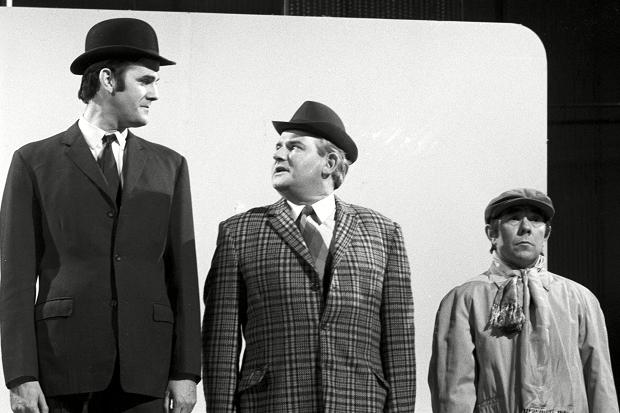As Philip Larkin said about sex, British satire began in the 1960s and it has never looked back. That Was The Week That Was, Beyond The Fringe, Harold Macmillan impressions and that time when the varying heights of John Cleese and the Two Ronnies taught us all about class. Life was changing: young upstarts with just a public school and Oxbridge education behind them were bravely taking on the ruling elites that they were born to join and things would never be the same again.
But where would British satire be without the Cambridge University Footlights Dramatic Club, the comedy hothouse that produced Douglas Adams, John Cleese, Graham Chapman, Stephen Fry and, erm, Tim Brooke-Taylor? Displaying all the quiet entitlement of a cat lounging on clean washing, Footlights alumni have inhabited every matey TV panel show and chortlesome Radio 4 smug-in for four decades. And where would Footlights be without that distinctive name? Possibly just a footnote in history: another boring revue club, like they have at that ‘other’ university. And without Birmingham we would not have footlights.
Continue reading “101 Things Birmingham Gave The World. No. 72: British Satire”


